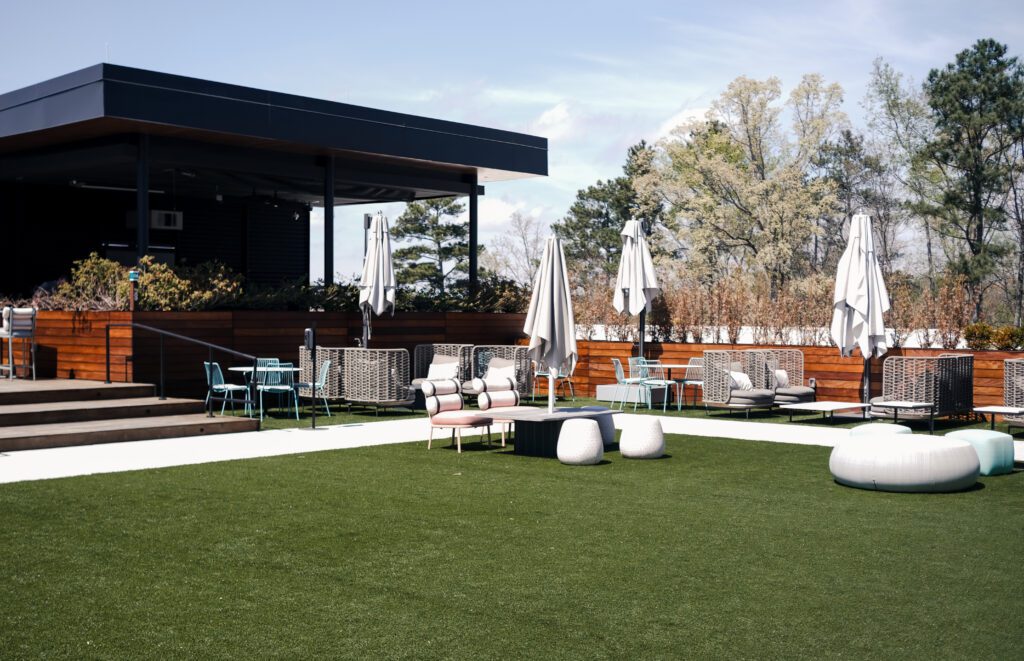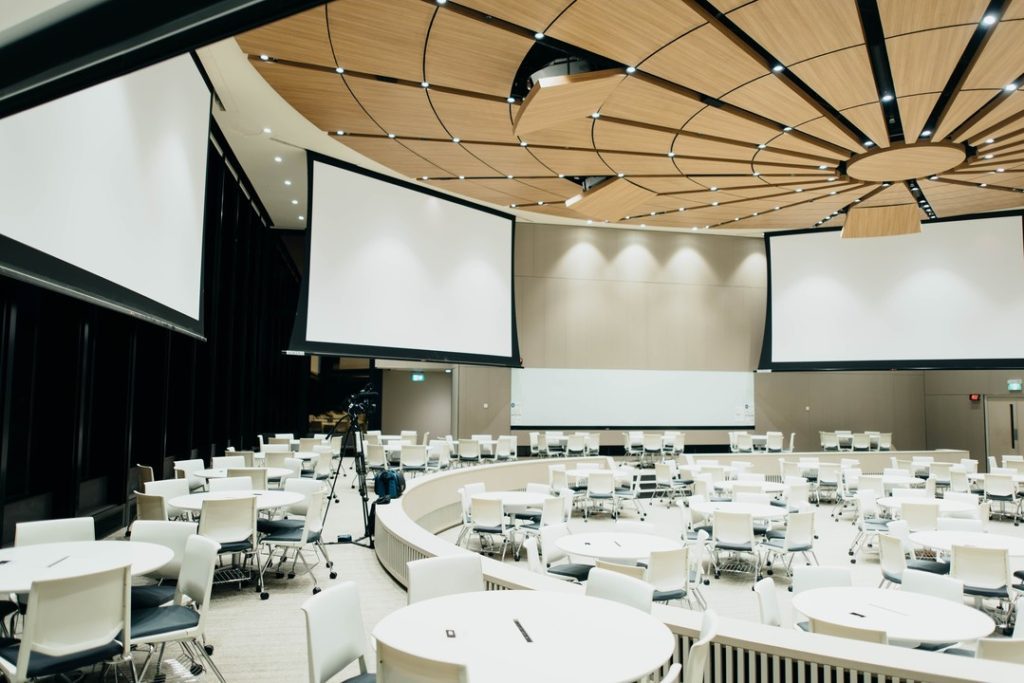As we wrap up our Office Breakdown series, let’s take a look back over the last year and highlight some of the most salient points in an effort to give you a summary for creating the most effective and efficient office possible!
In our first breakdown, we focused on open floor plans –– discussing how adding white noise can actually mask noise pollution, creating managed spaces for head-down work and individual concentration. Ensuring your space has adequate acoustics are some of the takeaways from that kick-off article.
In part 2 we focused on improving conference rooms –– everything from making sure equipment, such as cameras and screens, is updated to including all methods for connectivity (meaning wireless is not always best). Conference rooms can be tricky due to their formulaic nature; ensuring that you have covered all your bases is going to provide the best experience for yourself and your clients.
Breakrooms were the topic of our third installment in the series –– their importance specifically, and the role they play in the structure of your office. You can make your breakrooms exceptional by adding signage displays and quality speakers to relay important information to your employees in a more effective way than traditional bulletin boards or other less-eye-catching avenues.
The fourth focus of our series was perhaps the area most guests experience first when entering your office space –– the reception desk. Installing a quality audio system in this space is the very least you should do, to be sure your guests and customers have an enjoyable experience upon entering your space. Beyond that, an interactive screen is a great way to elevate the guest experience even further. For a small organization, this could be as simple as a single tablet, or for larger enterprise companies, it could mean touch-enabled displays. There are options to fit any and all budgets in this category.
Next, we focused on outdoor spaces –– maybe a bit more niche to those larger businesses that manage their own grounds. But nonetheless, these are an important and impactful area for employees and guests. The primary point to remember when designing an outdoor area is to make sure everything has a purpose. Meaning not only thinking about where speakers and screens may go, but also where viewers will be sitting or standing, and even considering the position of the sun during different times of the day to ensure peak performance and effectiveness for utilizing these aspects of the spaces.
As we crossed the halfway point in the series, we discussed audio equipment in a more general sense. In today’s hybrid environment, quality technology is no longer a “nice to have” but is now a “must.” Not investing in updated equipment that meets the needs of your employees is distracting and hurts productivity. Having the right audio technology in your space will create a seamless and effective experience for your employees whether they are in-person, hybrid, or remote.
For part 7 we touched on modern-day phone booths. Now these may not be the booths you are thinking of, but these are individual working spaces perfect for heads-down work or solo calls. The big thing to remember here is having all the right connectivity and technology available in these small spaces and offering the privacy that is often needed when in these areas –– get those two things right and you’re golden.
As we neared the end of the series, we moved the discussion out of the traditional office to alternative workspaces –– including coffee shops, home offices, and coworking spaces. Knowing that you may not have direct impact or decision-making abilities here, we wanted to provide you with things to look for when choosing a space or work or setting up a home office. The best thing you can do for yourself in this category is to invest in a pair of quality noise-canceling headphones and to ensure the space you’re working in has enough light for video calls and connectivity options for your hardware.
In our 9th and final installment of the series, we talked about the highly coveted corner office. These spaces are usually reserved for the leaders of an organization and given ample thought and planning. A few things to consider when designing these areas are many of the aspects that we discussed throughout the series, but executed at 100 percent –– increased privacy, improved connectivity, and expanded productivity. Ensuring all the options are there and needs are being met will ensure a complete experience for your top-tier business leaders.
As we wrap up this series and look back on these areas of the modern office space, it is inspiring and exciting to look at what the future holds for these improved workspaces and how audio-visual technology can enrich our lives.



